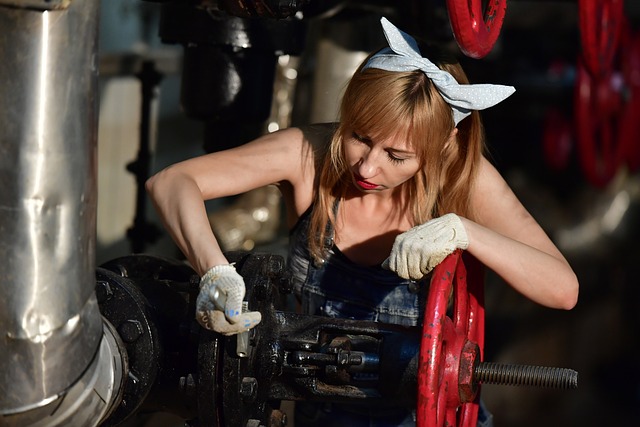Pipe leaks stem from natural wear, corrosion, or weather damage, requiring prompt action for minimal water damage and cost savings. Assess leak type, source, and extent for effective repair using suitable tools and materials. Regular maintenance, including inspections and cleaning, prevents future leaks. While minor issues may be DIY-able, severe cases demand professional plumbers with advanced tools and expertise. Compare quotes from multiple professionals to manage repair costs effectively while ensuring durability with high-quality materials.
Professional pipe leak fixes are a critical aspect of home and building maintenance. Understanding common causes, assessing damage scope, and selecting appropriate tools are key to effective repairs. This guide covers everything from temporary fixes to long-lasting solutions, preventive measures, and cost considerations. By mastering these steps, you’ll be equipped to handle leaks efficiently. For persistent or complex issues, professional plumbers offer specialized knowledge and expertise in pipe repair.
Understanding Common Pipe Leak Causes
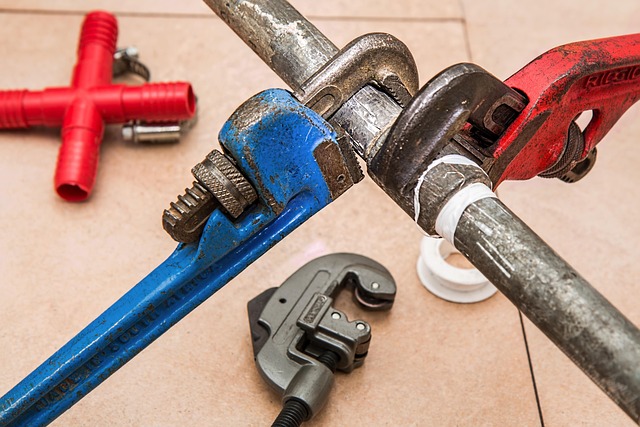
Many pipe leaks stem from wear and tear over time, as pipes age and materials degrade. Corrosion is a significant factor, especially in older plumbing systems, where rust can weaken joints and fittings. Another common cause is damage from extreme weather conditions, such as frozen pipes expanding and bursting during cold spells or high water pressure exceeding the pipe’s capacity.
Pipe repair becomes necessary when these issues lead to leaks, which can range from small drips to substantial floods. Regular inspection and maintenance can help identify potential problems early on, allowing for timely repairs and preventing more severe damage. Prompt action on pipe leaks is crucial to avoid costly renovations and ensure a reliable plumbing system.
Assessing the Scope of the Damage
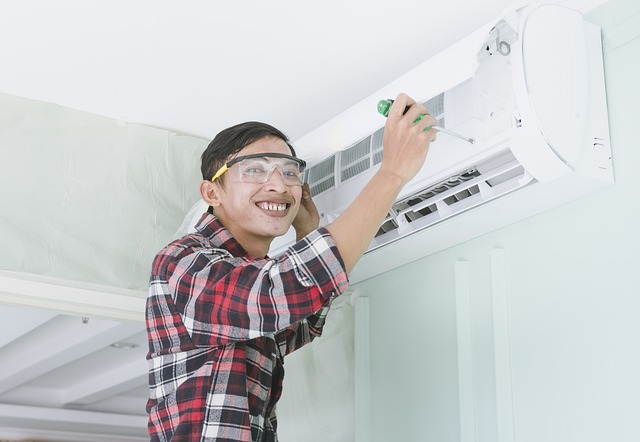
When addressing a pipe leak, assessing the scope of the damage is crucial for effective pipe repair. The first step involves identifying the type and extent of the leak—is it a small drip or a gushing stream? This determination guides the next steps, from gathering necessary tools to preparing any affected areas. Inspecting pipes visually can reveal clear signs like corrosion, cracks, or bulges, while more subtle leaks might require specialized equipment for detection.
Understanding the source and nature of the leak is key to selecting the right pipe repair methods. Different materials and techniques are suited for specific issues, such as copper pipes susceptible to corrosion or PVC pipes prone to damage from roots. In some cases, a simple replacement of a section of pipe might suffice; other times, an entire repiping job may be necessary. Prompt action, guided by a thorough assessment, ensures efficient repairs and minimizes potential water damage.
Essential Tools and Materials for Repair
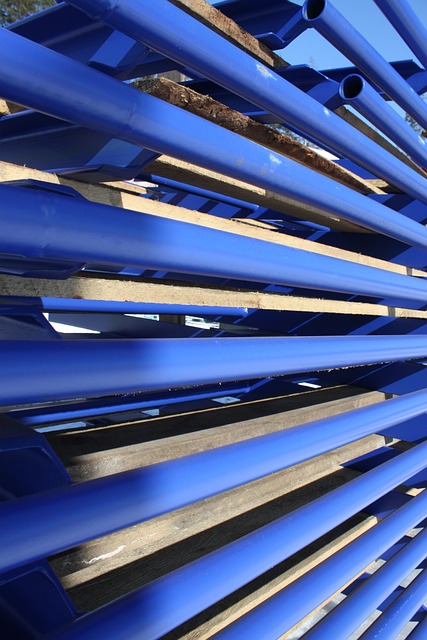
When tackling a pipe leak, having the right tools and materials is crucial for an effective and efficient pipe repair. For smaller leaks, a few essential items will do the trick. Grab a pair of adjustable pliers for tightening or adjusting fittings, a wrench set to match your pipes’ size, and some pipe tape or rubber compound for sealing. These simple tools can usually fix drips in minutes.
For more complex repairs or larger leaks, additional materials may be required. This could include replacement sections of pipe, couplings, and valves. It’s also beneficial to have a bucket, some rags, and perhaps even a high-pressure water sprayer to flush out any debris before beginning the repair process. Having these on hand ensures you’re prepared for various pipe repair scenarios.
Step-by-Step Guide to Temporary Fixation
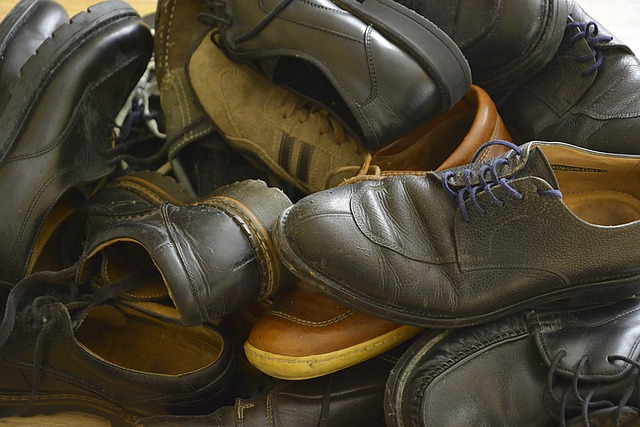
Pipe Leak Temporary Fixation Guide
Before a professional pipe repair service arrives, it’s crucial to know how to temporarily fix a leaky pipe to prevent further water damage. Start by shutting off the main water supply to stop any ongoing flow. This is often done through a shut-off valve located near the meter or in your home’s basement. Once closed, turn on all taps and flush toilets to release pressure from the system. Next, locate the leak—it could be as simple as a loose connection or a burst joint. If access is easy, try tightening fittings with a wrench or replacing faulty parts using spare pipes from your home’s toolbox. For more complex leaks, use tape or temporary sealants designed for pipe repairs to stop immediate water loss until a permanent fix can be done. Remember, these are only short-term solutions for pipe repair. A professional plumber should still be called for thorough and lasting fixes.
Long-Lasting Solutions for Persistent Leaks
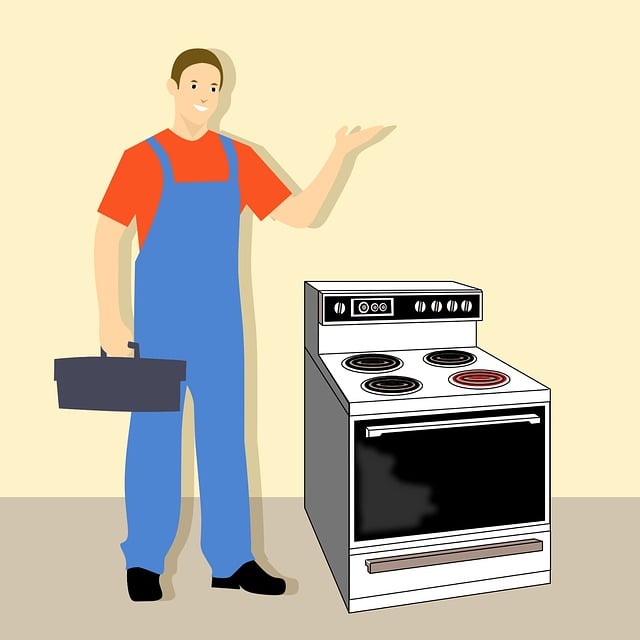
When dealing with persistent pipe leaks, it’s crucial to consider long-lasting solutions that offer lasting repairs. Traditional patchwork fixes often prove temporary, leading to repeated repairs and costly expenses over time. Modern advancements in pipe repair technology provide effective and durable alternatives. One such innovation is relining, where a new lining is inserted inside the existing pipe, effectively sealing leaks and restoring structural integrity without excavation. This method guarantees longevity, making it an ideal solution for both residential and commercial properties.
Additionally, advanced materials like epoxy resins and composite materials offer robust and flexible repair options. These materials can be tailored to fit specific pipe sizes and shapes, ensuring a precise and secure seal. With their exceptional bonding strength and resistance to corrosion, these innovative solutions deliver superior performance compared to traditional methods, offering property owners peace of mind and significant long-term savings.
Preventive Measures to Avoid Future Leaks
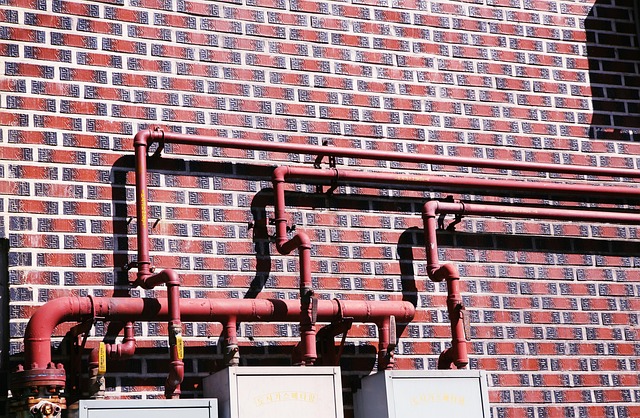
To prevent future pipe leaks, regular maintenance is key. Start by inspecting pipes for any signs of corrosion or damage. This includes checking for loose connections and worn-out joints. Regular cleaning and descaling can also help, as mineral deposits can weaken pipes over time. Implementing these simple measures can extend the life of your pipes significantly.
Additionally, using high-quality materials during installation or repair can prevent leaks. Ensuring that all fittings and joints are properly sealed and secured will create a robust pipeline. Regularly testing pressure points and repairing any issues promptly is another effective strategy. By adopting these preventive measures, you can minimize the occurrence of pipe leaks, reducing the need for frequent pipe repair.
When to Call in Professional Plumbers

If you’re dealing with a pipe leak, it’s important to assess the situation promptly. While some minor leaks can be easily fixed by homeowners using basic tools and DIY methods, there are times when professional plumbers are needed for effective pipe repair. A persistent or large-scale leak that affects multiple pipes or locations in your home is a clear indication that professional help is required. Additionally, if the leak has caused significant water damage, disrupted essential services like heating or cooling, or if you suspect the issue lies with complex plumbing systems, it’s best to call in experts.
Professional plumbers are equipped with advanced tools and expertise to pinpoint the source of leaks accurately, ensuring efficient pipe repair. They have access to specialized equipment that can reach hard-to-get areas, making their services invaluable for intricate plumbing problems. Prompt intervention by professionals can prevent further damage, reduce water waste, and ensure your home’s plumbing system operates safely and reliably.
Cost Considerations for Pipe Repair
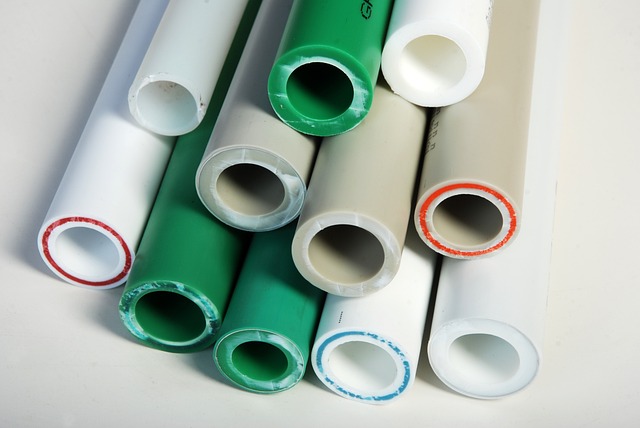
Pipe repairs can vary greatly in cost, depending on several factors. One of the primary considerations is the extent of the damage and the complexity of the fix. Simple leaks or cracks might only require replacing a small section of pipe, while more severe issues could demand complete pipeline replacement. The type of material used for repair also impacts costs; copper or PVC pipes, for instance, have different price points. Additionally, labor expenses vary based on location and the expertise required for the job. It’s essential to get quotes from multiple professionals to understand the range of prices for your specific pipe repair needs.
Another cost-related factor is prevention versus reaction. Regular maintenance and inspection can catch potential issues early, preventing costly repairs later. While initial setup costs for these measures might be higher, they offer long-term savings. Furthermore, using high-quality materials and hiring licensed plumbers ensures durability and reduces the need for frequent repairs, further saving money in the long run.
